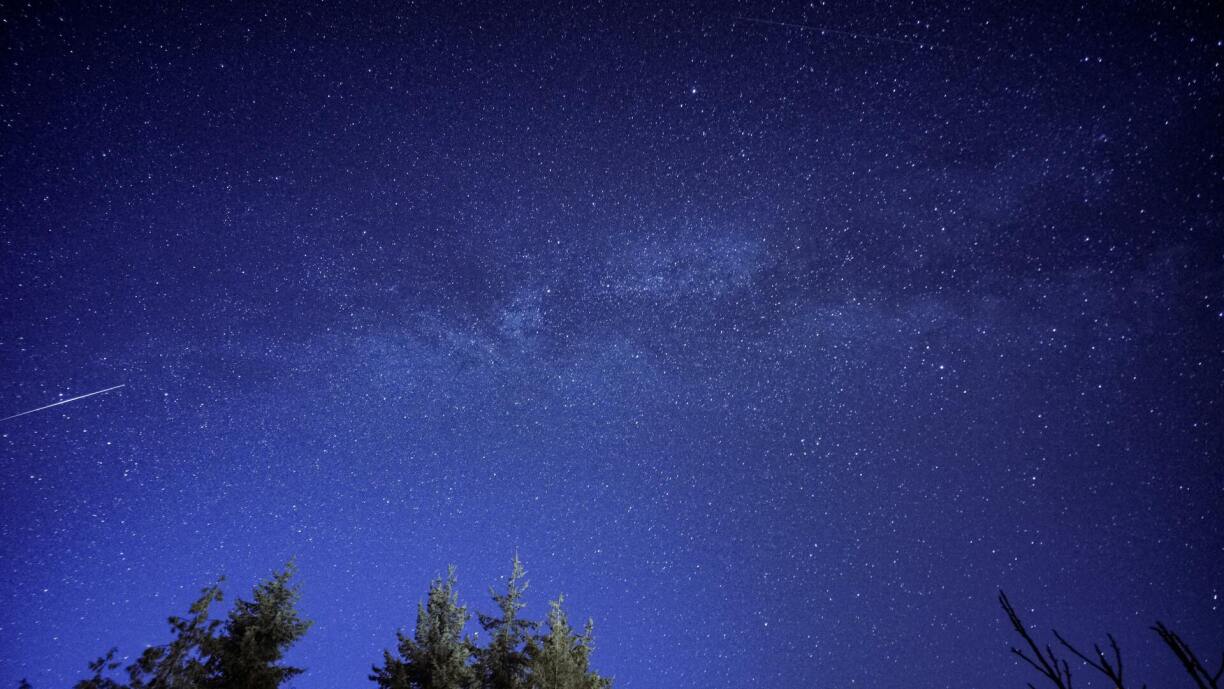
The Perseids occur when Earth passes through a trail of dust left by the Comet Swift–Tuttle, which has a 133 year orbit around our Sun.
As the comet dust particles enter the atmosphere at approximate speeds of up to 45-60km per second, they burn up and produce a natural light show as they streak through the night sky.
The phenomenon has been recorded as far back as 2,000 years, in ancient China, and it is named in the West after the Greek god and constellation Perseus – the slayer of monsters – from which the meteors appear to radiate.
The poet Robert Graves in The Greek Myths suggests the etymology of the word has the meaning of to sack, waste, or destroy – a chilling juxtaposition given the vulnerability of earth to space debris.
Our current moon is 93.32% waning gibbous, which is almost as powerful as a full moon. This means that light from the Moon could make it slightly harder to view the meteor shower than usual. However, we are expecting clear skies, which are essential for any kind of star gazing.
Sky-viewing tips include avoiding areas of light pollution, allowing at least twenty minutes to allow your eyes to adjust to the light, and – if you can – try find a nice open area where you can lie on your back with as few obstructions from trees and buildings as possible.
See also:
A stargazer’s guide to August 2025